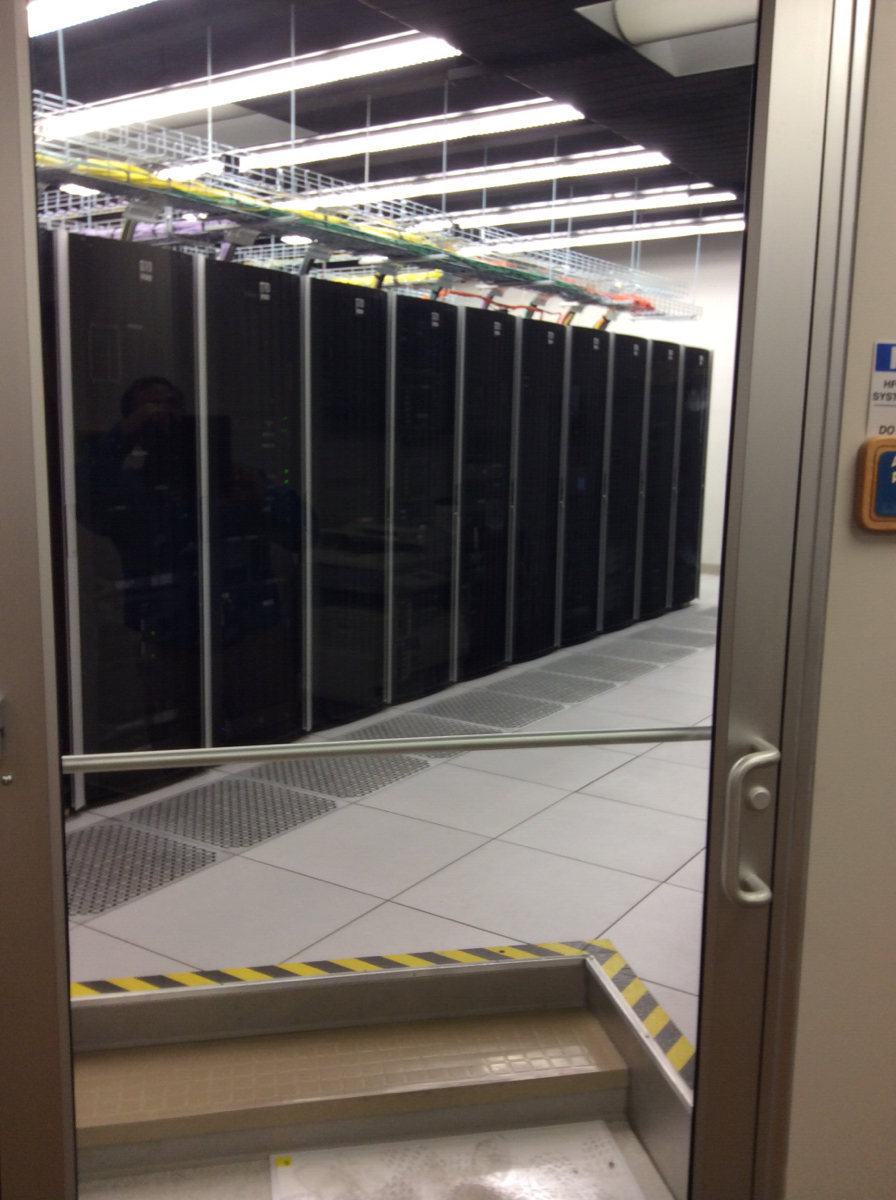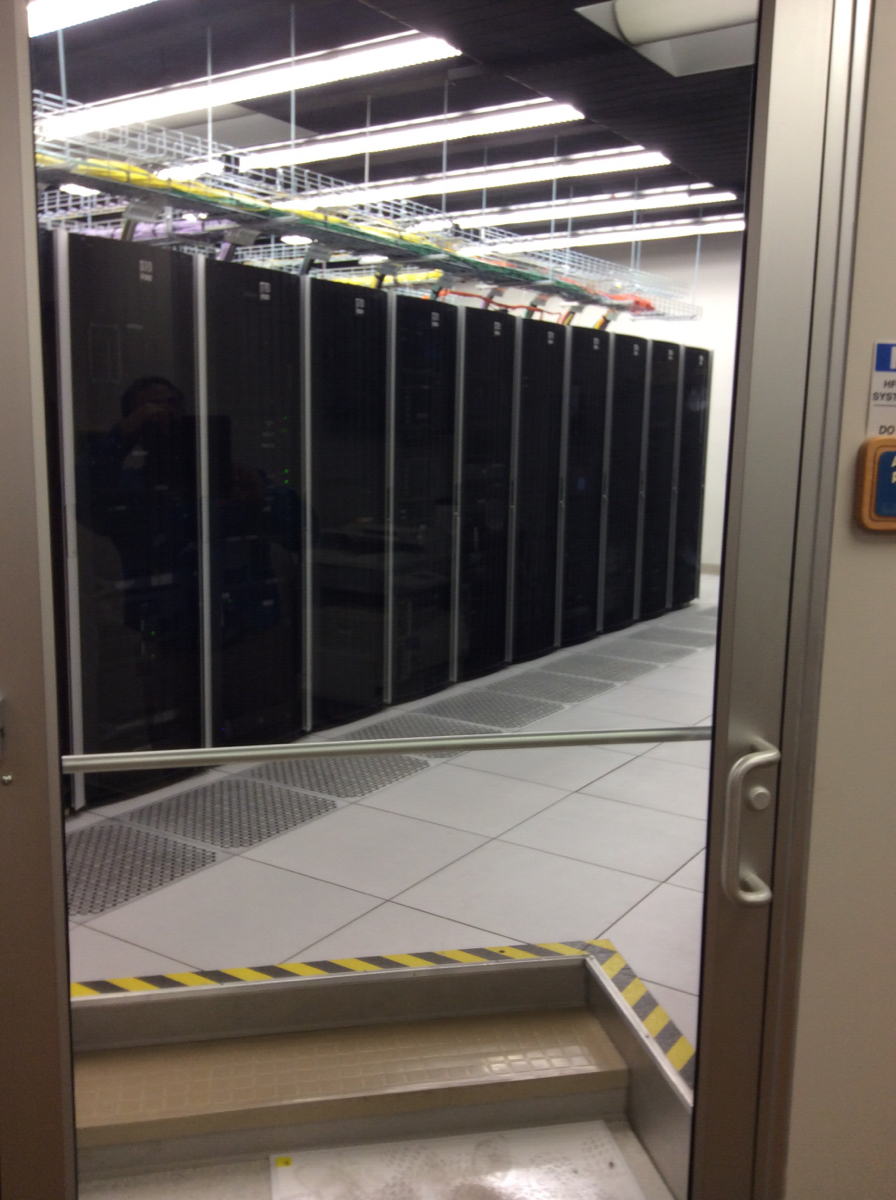Title Page
-
Conducted on
-
System Owner
-
Prepared by
-
Site/Location
Network Audit
Firewall
-
The organisation should have a firewall or equivalent in place to protect their internal network and devices against unauthorised access
-
The password on the firewall device should be changed from the default to an alternative strong password
-
The firewall password is:
-
• at least 8 characters long
-
• not the same as the username
-
• does not contain any identical characters next to each other
-
• is not a dictionary word
-
• includes upper and lower case letters, numbers and special characters
-
• has not been reused within a predetermined time period
-
• has not been used for another account
-
Each rule set on the firewall must be approved by an authorised individual and documented including an explanation of the business need for this rule.
-
Unapproved or vulnerable services should be blocked at the gateway firewall
-
Any permissive firewall rules that are no longer required should be disabled as soon as possible
-
The firewall’s boundary administration settings should not be accessible from the internet
Computers and Network Devices (including Wireless Access Points and Routers)
-
IMPORTANT: All computers and devices on the network must comply with the following in order to give a ‘Yes’ response.
-
All unnecessary user accounts, guest or admin accounts should be removed or disabled
-
All user account passwords meet the following requirements:
-
• has been changed from the default password
-
• at least 8 characters long
-
• not the same as the username
-
• does not contain any identical characters next to each other
-
• is not a dictionary word
-
• includes upper and lower case letters, numbers and special characters
-
• has not been reused within a predetermined time period
-
• has not been used for another account
-
All unnecessary software applications and utilities should be removed or disabled
-
All auto-run features should be disabled including for removable storage media and for network folders
-
An operating systems with integrated desktop firewall should be used on desktop PCs and laptops and configured to block unapproved connections by default. In the latest operating systems, active, and configured.
User Accounts
-
All users accounts and their privileges should be subject to an approval process and should be documented
-
Admin privileges and any other special access privileges should be restricted to authorised individuals and documented
-
Admin accounts should only be used to perform admin tasks and not for everyday access
-
Admin accounts should be set to require a password change every 60 days or less
-
Every individual user should have a unique user name and user account
-
Every user password should meet the following requirements:
-
• at least 8 characters long
-
• not the same as the username
-
• does not contain any identical characters next to each other
-
• is not a dictionary word
-
• includes upper and lower case letters, numbers and special characters
-
• has not been reused within a predetermined time period
-
• has not been used for another account
-
Any user account with special privileges or admin rights should be removed or disabled when no longer required or if the individual changes role or leaves the organisation or after a predefined length of inactivity (eg. if the account is not used for 90 days then it is disabled)
Malware Protection
-
Malware protection software is to be installed on all computers that can access the internet or are capable of accessing the internet
-
Malware protection software is to be kept up to date daily
-
Malware protection software should be configured to scan files automatically upon access and to scan web pages when being accessed via a web browser
-
Malware protection software should be configured to perform regular scans of all files
-
Malware protection software should prevent connections to malicious websites on the internet (e.g. by using website blacklisting).
Software Patch Management
-
Software on any devices that are connected to or are capable of connecting to the internet must be licensed and supported to ensure vulnerabilities are investigated and patches made available.
-
All software updates and security patches that are made available should be installed in a timely manner
-
Any unsupported software should be removed from any computer or device capable of connecting to the internet
Others
-
Wireless Protected Setup (WPS) to be disabled on all wireless devices
-
Universal Plug n Play (UPnP) to be disabled
-
Guest WiFi access to be implemented for visitors and employee owned devices
-
Employee owned devices that can access company email or information will require malware software
-
All network servers must have a daily automated backup solution with backup data stored securely offsite (encrypted)
-
Encryption of all sensitive data stored on mobile devices and removable storage devices
-
Do not allow staff to use file sharing or cloud storage services for company data such as DropBox, OneDrive, Google Drive, iCloud – unless they are authorised by and secured for your organisation.
-
Staff should not be permitted to use personal social media accounts on organisation-owned devices or on any devices connected to the network unless specifically authorised to do so.
Completion
-
Recommendations
-
Name and Signature











